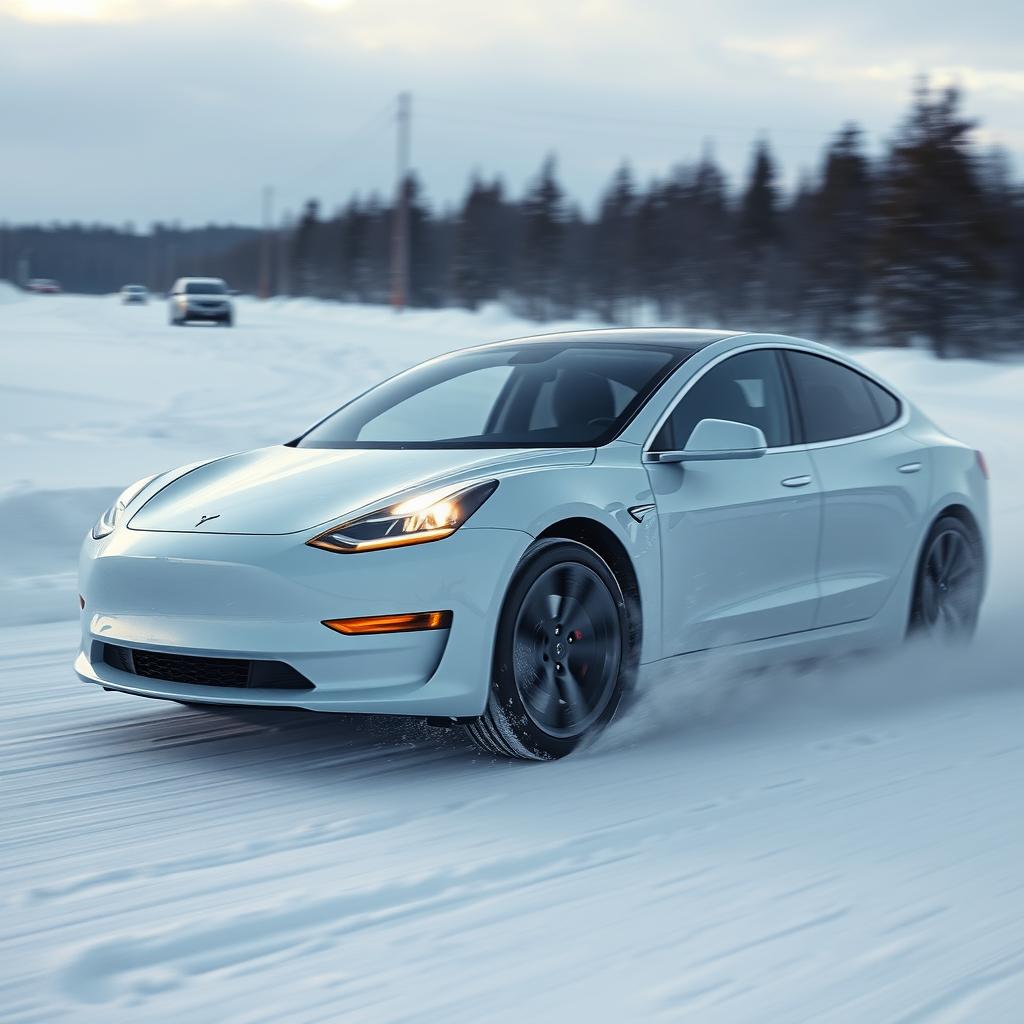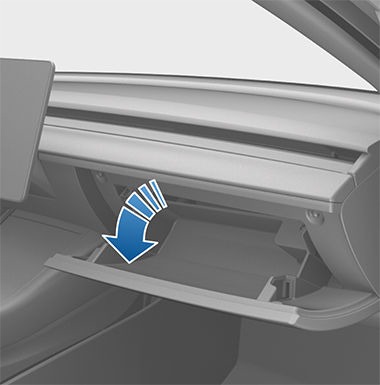Can A Tesla Car Battery Power A House?
Can a Tesla car battery power a house? It’s a question more and more Tesla owners are asking.
With massive power outages happening worldwide and Tesla’s advanced battery technology, many wonder if they can use their EVs as backup power for their homes.
The Short Answer: Not Yet, But It’s Coming
Right now, most Tesla vehicles don’t have vehicle-to-home (V2H) capability. That means they can’t directly power your house.
However, Tesla has confirmed that bidirectional charging—where your car can send power back to your home—will be available in future models.
Understanding How a Tesla Battery Works
Tesla’s electric vehicles use large lithium-ion battery packs. These batteries store a lot of energy—enough to drive hundreds of miles on a single charge.
For example:
- Model 3 Standard Range: 50 kWh battery
- Model Y Long Range: 82 kWh battery
- Model S Plaid: 100 kWh battery
To put that into perspective, the average U.S. home uses about 30 kWh per day. That means a fully charged Tesla battery could theoretically power a home for 2-3 days.
Can You Use a Tesla to Power a House Right Now?
The problem isn’t battery capacity—it’s compatibility. Right now, Tesla cars don’t support bidirectional charging.
That means they can receive power from the grid or solar panels, but they can’t send power back to a home.
But Tesla isn’t ignoring this feature. In fact, they’ve already introduced similar technology in their energy products.
What About the Tesla Powerwall?
If you want backup power for your home, Tesla already has a solution: the Powerwall.
The Powerwall is a home battery system that stores energy from solar panels or the grid. It can automatically power your home during an outage.
How does it compare to a Tesla car battery?
| Feature | Tesla Car Battery | Tesla Powerwall |
|---|---|---|
| Battery Capacity | 50–100 kWh | 13.5 kWh |
| Bidirectional Charging | No (yet) | Yes |
| Designed for Home Use? | No | Yes |
While a Tesla car battery is much larger, the Powerwall is specifically designed to integrate with home electrical systems.
Will Tesla Cars Get Bidirectional Charging?
Yes! Tesla CEO Elon Musk has confirmed that bidirectional charging will be coming to Tesla vehicles.
Here’s what we know so far:
- Tesla is working on bidirectional charging.
- Newer Teslas could act as home backup batteries.
- It’s expected to be available within a few years.
Other EV makers, like Ford and Hyundai, already offer this feature. Tesla is playing catch-up, but when they release it, expect it to be more refined and widely available.
How Would a Tesla Power a House?
Once bidirectional charging is available, here’s how a Tesla could power a home:
- Install a bidirectional charger (Tesla may sell one).
- Connect the Tesla to your home’s electrical panel.
- During an outage, your home draws power from the Tesla’s battery.
- Once the grid is restored, the car recharges as usual.
It would work similarly to a Powerwall but with a much larger battery capacity.
How Long Could a Tesla Power a Home?
Let’s do the math.
The average home uses 30 kWh per day. A fully charged Tesla Model Y (82 kWh battery) could power a house for:
- 1 day if running everything normally.
- 2-3 days with limited power usage.
- Even longer if paired with solar panels.
That’s enough to keep essential appliances running during an emergency.
FAQs About Using a Tesla to Power a House
Can you use a Tesla car battery as a home battery?
Not yet. Tesla cars do not currently support bidirectional charging.
When will Tesla allow bidirectional charging?
Tesla has confirmed it’s coming, but no official release date yet. Expect it in future models.
Can other EVs power a house?
Yes. Some EVs, like the Ford F-150 Lightning and Hyundai Ioniq 5, already support bidirectional charging.
Can I use a Tesla Powerwall instead?
Yes! The Powerwall is designed for home use and can provide backup power during outages.
How much power does a Tesla car battery hold?
Depending on the model, Tesla batteries store between 50 kWh and 100 kWh of energy.
The Verdict: Can a Tesla Power a House?
Right now, no—but soon, yes.
Tesla cars don’t currently support bidirectional charging, so you can’t use them as home batteries yet.
But Tesla is working on the technology, and in the near future, your Tesla could double as a backup power source.
Until then, if you want home energy storage, a Tesla Powerwall is your best option.

How Tesla’s Future Bidirectional Charging Will Work
Once Tesla enables bidirectional charging, your car will act like a mobile battery pack for your home. This technology is called Vehicle-to-Home (V2H) and Vehicle-to-Grid (V2G).
What is Vehicle-to-Home (V2H)?
V2H allows your car to power your house during outages.
- Your Tesla battery stores energy from the grid or solar panels.
- During a power outage, the car sends energy back to your home.
- Once power is restored, the Tesla recharges.
What is Vehicle-to-Grid (V2G)?
V2G is one step further. Instead of just powering your home, your Tesla could send energy back to the grid, helping stabilize the electricity supply.
- You charge your Tesla when electricity is cheap.
- During peak hours, you send power back to the grid.
- Utilities may pay you for contributing energy.
In the future, Tesla cars could work like personal power stations, helping both homeowners and the energy grid.
Which Tesla Models Will Support Bidirectional Charging?
While Tesla hasn’t confirmed which models will get bidirectional charging, here’s what we expect:
- Cybertruck – Likely the first Tesla with V2H capabilities.
- Newer Model S & X – May include hardware updates.
- Future Model 3 & Y – Expected in upcoming versions.
Older Teslas may not support this feature unless Tesla releases a retrofit option.
How Does Tesla Compare to Other EVs with Bidirectional Charging?
Some automakers already offer V2H and V2G. Let’s compare:
| Car | Bidirectional Charging? | Battery Size |
|---|---|---|
| Tesla Model Y | Not yet | 82 kWh |
| Ford F-150 Lightning | Yes | 98-131 kWh |
| Hyundai Ioniq 5 | Yes | 58-77 kWh |
| Nissan Leaf | Yes | 40-62 kWh |
Ford and Hyundai are ahead, but Tesla’s upcoming bidirectional charging could be a game-changer.
Potential Benefits of Tesla’s Bidirectional Charging
1. Emergency Backup Power
Power outages happen. A Tesla with V2H could keep your home running for days.
2. Save Money on Electricity
Charge when electricity is cheap, then use your Tesla’s power when rates are high.
3. Reduce Grid Strain
Sending energy back to the grid during peak hours helps prevent blackouts.
Challenges & Concerns
Of course, there are still challenges:
- Battery wear: Regular charging and discharging could shorten battery life.
- Home setup: Bidirectional charging may require expensive electrical upgrades.
- Tesla’s timeline: No confirmed release date yet.
Despite these concerns, the benefits outweigh the drawbacks for most homeowners.
FAQs About Using a Tesla to Power a House
Can you use a Tesla car battery as a home battery?
Not yet. Tesla cars do not currently support bidirectional charging.
When will Tesla allow bidirectional charging?
Tesla has confirmed it’s coming, but no official release date yet. Expect it in future models.
Can other EVs power a house?
Yes. Some EVs, like the Ford F-150 Lightning and Hyundai Ioniq 5, already support bidirectional charging.
Can I use a Tesla Powerwall instead?
Yes! The Powerwall is designed for home use and can provide backup power during outages.
How much power does a Tesla car battery hold?
Depending on the model, Tesla batteries store between 50 kWh and 100 kWh of energy.
The Verdict: Can a Tesla Power a House?
Right now, no—but soon, yes.
Tesla cars don’t currently support bidirectional charging, so you can’t use them as home batteries yet.
But Tesla is working on the technology, and in the near future, your Tesla could double as a backup power source.
Until then, if you want home energy storage, a Tesla Powerwall is your best option.


